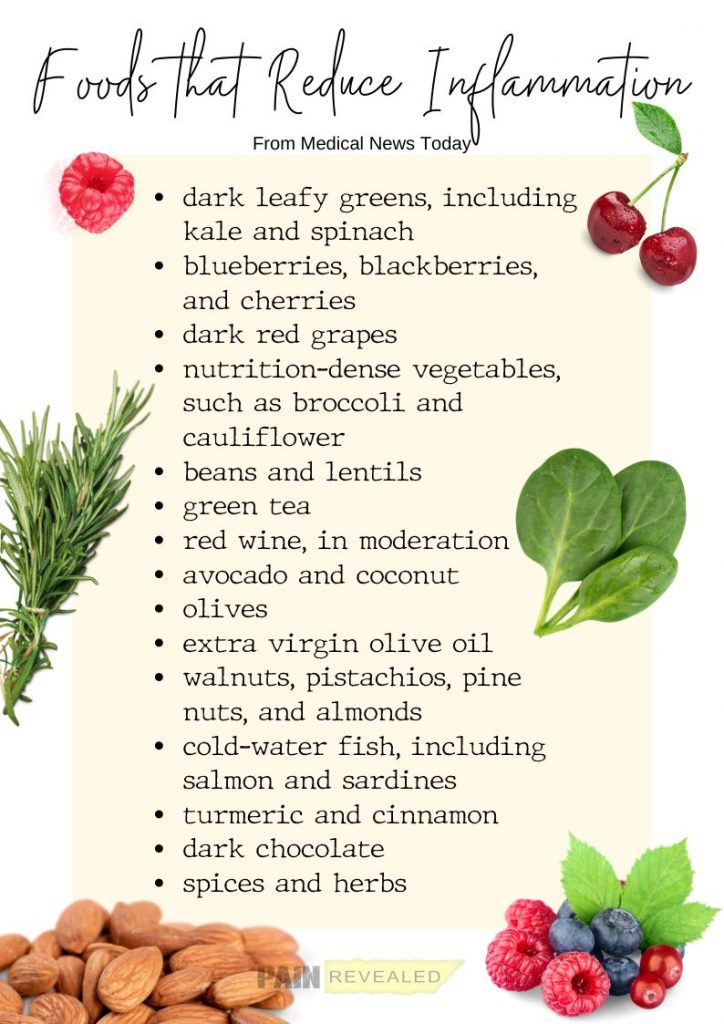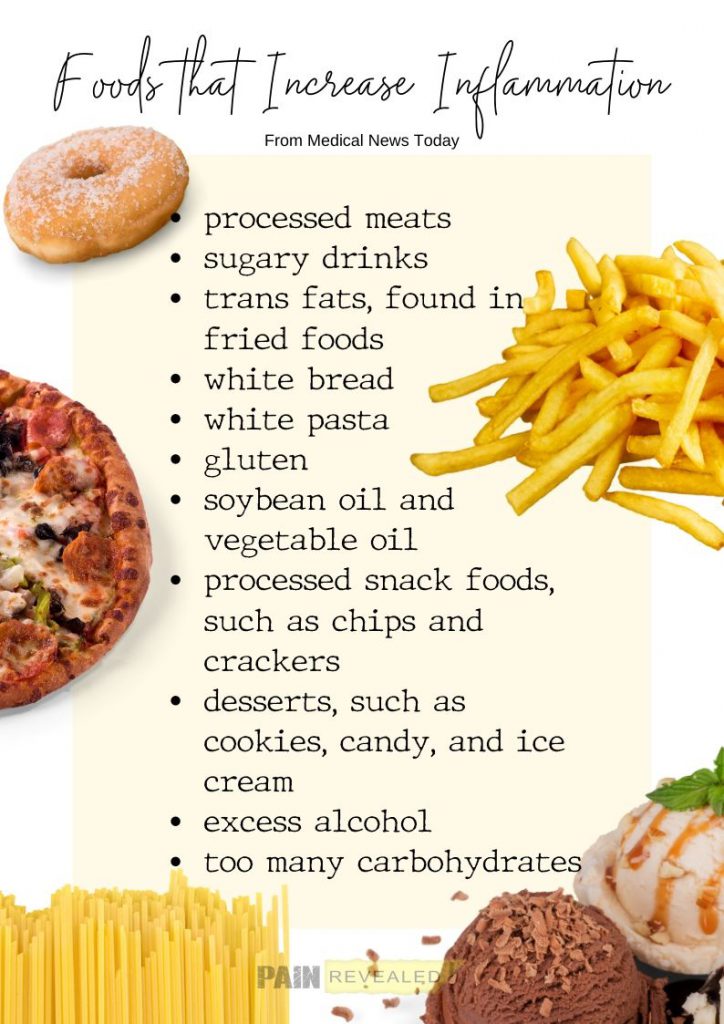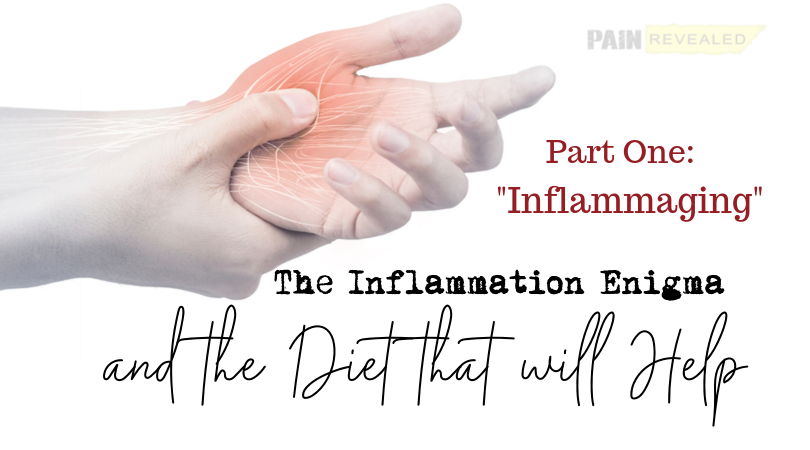This is part 1 of a 4 part series. [Part Two] [Part Three]
Time and again, Pain Revealed experts have circled back to a familiar theme: Inflammation equals pain. They are two sides of the same coin, and best addressed together.
We have seen how the experts we’ve consulted address pain and inflammation with chiropractic, acupuncture, herbs, oils, CBD, and numerous other complementary therapies.
Fortunately, options abound beyond the NSAIDs and opiates that a doctor would prescribe.
But one key approach that is often skipped over in our quest for relief remains…
Diet.
The overlooked key to controlling inflammation
What if some key changes can prevent a significant portion of your inflammation, and therefore your pain?
What if you got ahead of inflammation instead of feeling like you are always chasing pain?
What if you are able to save money on complementary therapies because you address your body’s needs before the crisis of pain is upon you?
Paul Ingraham of PainScience.com writes that, “To some extent inflammation is just a part of life, the inevitable cost of having an immune system.” He goes on to explain that chronic low-grade inflammation goes hand-in-hand with aging, and has even earned the nickname “inflammaging.” 1

He adds that, “A lot of inflammaging is probably a consequence of ‘metabolic syndrome,’ a set of biological dysfunctions strongly linked to poor fitness, obesity, and aging.”1 It is the root of diabetes and heart disease, and a known cause of some common pain problems.
“Or,” Ingraham continues, “maybe it’s the other way around, and chronic inflammation drives metabolic syndrome.”
So if this underlying inflammation is present, how bad can it get if it is compounded by injury, disease, or autoimmune conditions? All too many Pain Revealed viewers are personally aware of this vicious cycle of inflammation, pain, and dependence on prescriptions that can result.
How much can a diet do?
So can an anti-inflammatory diet really make a difference? Is it possible to get ahead of some of this inflammation and ambush some of your pain before it even occurs?
The answer, happily, is yes!
In a nutshell, “An anti-inflammatory diet consists of foods that reduce inflammatory responses. This diet involves replacing sugary, refined foods with whole, nutrient-rich foods” according to Jenna Fletcher of Medical News Today. 2
A key feature of an anti-inflammatory diet is the value placed on antioxidants.2 These reactive molecules in foods work to reduce the damaging effects of free radicals in the body that damage cells and contribute to disease.
Health care professionals across many specialties recommend an anti-inflammatory diet for a long list of conditions, including diabetes, arthritis, thyroid disease, metabolic syndrome, IBD, psoriasis, and others.
But you don’t need to wait till you have developed a condition on anyone’s list in order to benefit from an anti-inflammatory diet! If you live with pain for any reason, it is time for you to start looking into changes.
What Does an anti-inflammatory diet look like?
The following lists from Medical News Today offer an overview of what an anti-inflammatory diet can look like:2
Foods to eat:

Foods to avoid:

This is a great place to start, and each of us is challenged to consider these lists and begin strategizing how to set realistic goals for change – one step at a time. In fact, we’ll dig deeper into that in the next article in this series!
Continue to Part Two of this series…
References:

